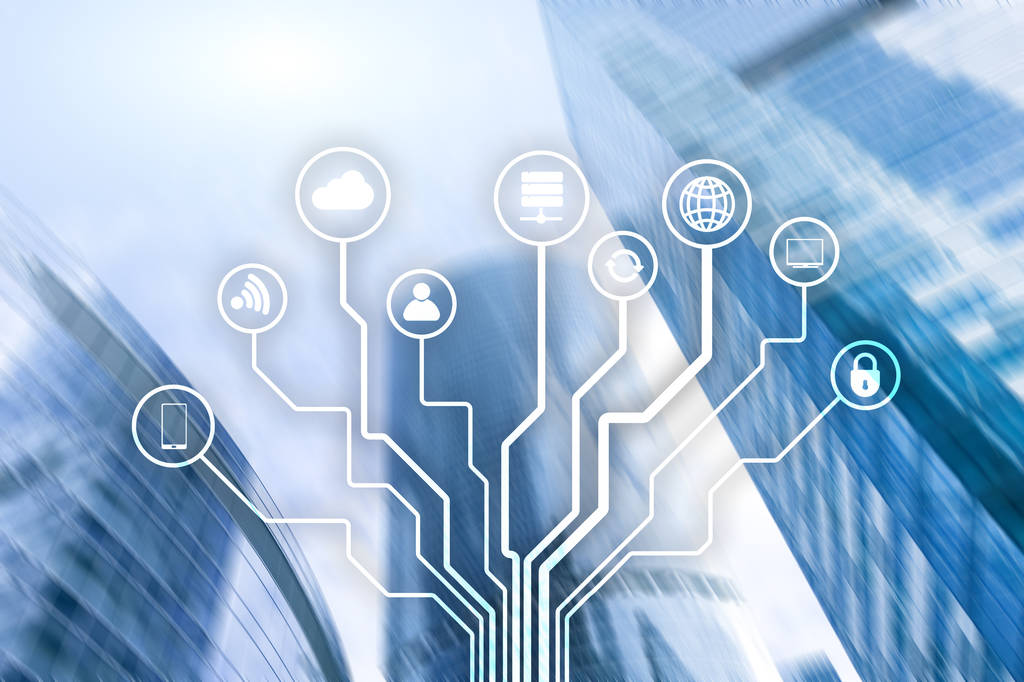Buildings are finding ways to incorporate 5G into IoT networks

The long-awaited 5G technology has finally arrived. In 2021, smartphone shipments are expected to account for more than 40% of global smartphone sales, rising to 69% by 2025. But in a business environment, the value of consumer benefits pales in comparison to the promise of 5G.

With it, 5G will also bring changes to our buildings. The architectural advantages brought about by smart technology have been recognized for quite some time. But just a decade ago, the prospect of retrofitting existing buildings with smart building technology seemed daunting. In addition to being prohibitively expensive, the sensors needed to make buildings smart lack at least four key enabling technologies that prevent them from being widely adopted by most organizations: battery life, computing power, connectivity options, and bandwidth.
Over the past decade, the movement to renovate older buildings has begun to gain momentum as more IoT devices designed specifically for buildings emerge. Many barriers to retrofitting facilities have also been removed, including, for all intents and purposes, unlimited computing power and storage in the cloud. This greatly improves battery efficiency and longevity, and offers multiple connectivity options, including Wi-Fi, cellular, ZigBee, and Bluetooth. As the 5G era dawns, it's important to understand the differences between this generation of wireless connectivity and how it will change how buildings function.
Limitations of 4G LTE
One of the most common and flexible types of device connectivity is cellular. This has long been the go-to when businesses want to connect their IoT devices to the cloud, but don't want to use cables or Wi-Fi to place those devices on the corporate network. Until recently, 4G LTE was the global high-end mobile communication standard and offered the best option for connecting IoT devices to the cloud using cellular protocols. But while 4G is far superior to 3G in speed, it still imposes practical limits on the amount of data that can be transferred and the number of individual devices that can be connected.
4G LTE networks can be overwhelmed in many use cases, such as tracking the real-time movement of hundreds of passengers through facilities, location and performance reporting of thousands of devices, and real-time interactions of mobile devices with building systems and controls. If you've ever been to a big conference, sports game, or concert, chances are you've experienced the frustratingly limited number of smartphones that can successfully connect to a 4G network. Now, as a distributed, hybrid workforce grows, 75% believe reliable broadband connections must improve dramatically to adequately support hybrid work.
5G bandwidth enables IoT
5G promises to solve broadband access and coverage issues by dramatically increasing the number of connected devices in buildings, and has the potential to revolutionize and accelerate the smart building technology market for our post-pandemic workplace. Unlike 4G, 5G is a unified platform designed to support a 100x increase in traffic while reducing end-to-end latency by a factor of 10, enabling massive IoT such as mobile phones and building systems to be virtually ubiquitous and fully interconnected smart buildings.
In addition, 5G also offers a wide range of deployment models (from traditional macro cells to hotspots), as well as new ways of interconnecting, as 5G can natively support all spectrum types and frequency bands, with the ability to optimize in real-time the spectrum that will be used (like device-to-device and multi-hop meshes). This means that, as more organizations reassess their real estate needs and find smart ways to adopt a hybrid work model that matches how the workplace is actually used , 5G can deploy sensors more widely, almost instantly Sign up and share data from any node on the network—whether it's connecting an office's HVAC system to an employee badge, or a company-purchased home desk for remote workers.
Applying 5G IoT in commercial buildings
After more than 20 years of working with cloud and desktop technologies, especially those created for the construction industry, I know very well that moving to a new software platform can be a major undertaking, but the end result is more than the initial effort to make it happens. effort. Leveraging all 5G services is no exception. This will require careful planning and an understanding of its availability. Availability applies not only to the location of your existing facility, but also to whether the various technology solutions you might use in your The facility actually supports 5G. 5G is rapidly rolling out to most major metropolitan areas across the country, but rural areas and organizations with geographically dispersed facilities in other countries are likely to face standardization challenges in the near term.
Many of the PropTech solutions currently installed are likely to be optimized to transmit only small amounts of data at slower intervals than 5G supports. This could mean that some of these solutions won't get the higher performance from 5G networks due to technical limitations of the existing hardware itself. In many cases, existing infrastructure such as routers that currently only supports 4G will also need to be replaced. Migrating to 5G will require careful planning and collaboration between your facility organization and your IT department at the enterprise level as well as within local facilities.
First, collaboration often starts with convincing the IT team that the end result will be in their favor, such as explaining how moving IoT devices from wired and wireless networks to cellular will reduce traffic to internal infrastructure. The increased bandwidth will also reduce the perceived downtime for users of these devices, which can lead to reduced use of IT support resources. As part of your transition plan, it is recommended that you also use this time to review your Voice over Internet Protocol (VoIP), data management and security policies. It's important to work with your local carrier to understand their specific 5G tower migration plans to ensure that the timing of the perceived migration is based on maximum uptime.
We have seen the smart building market grow rapidly over the past few years, as the COVID-19 pandemic has accelerated the availability of new technologies in buildings, such as for workplace monitoring utilization and occupancy, indoor air quality (IAQ) and building Sensor monitoring of equipment. Now that owners and building owners are under increased pressure to meet new sustainability requirements, coupled with organisations adopting new working models during the Great Resignation, measuring building performance by quality, accurate data will be the key to understanding which, The key to when and where things work well and need improvement. To achieve this, I would like to see more organizations adopt all the capabilities that 5G networks can support. It really is the ultimate catalyst for the implementation of smart buildings.